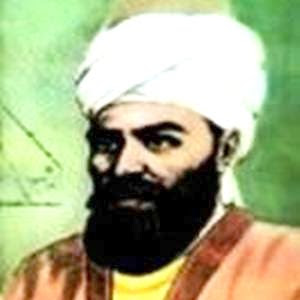Traditional Musical Instruments In Aceh Part 1

1. Arbab This instrument consists of 2 part, namely Arbab its self (as parent instrument) and Bow (as stryk stock) in local language called as Go Arab. This instrument uses material such as: coconut shell, goat skin, wood and string. Arbab music ever evolved in the areas of Pidie, Aceh Besar and West Aceh. Arbab is showcased on the popular crowd events, such as recreation, night market, etc. Now, this instrument has never encountered this art, it is estimated that already extinct. Finally this art can be seen during the reign of the Dutch and Japanese occupation.
2. Bangsi Alas Bangsi Alas is a kind of bamboo wind instruments that were found in Alas, Kabupaten Aceh Tenggara. Traditionally makind Bangsi connected with there are people died in the village where Bangsi made. If known there was a person who dead, Bangsi which has ready made accidentally washed away to the river. Having followed continued until Bangsi was taken by the children, then Bangsi which have taken by the children...




